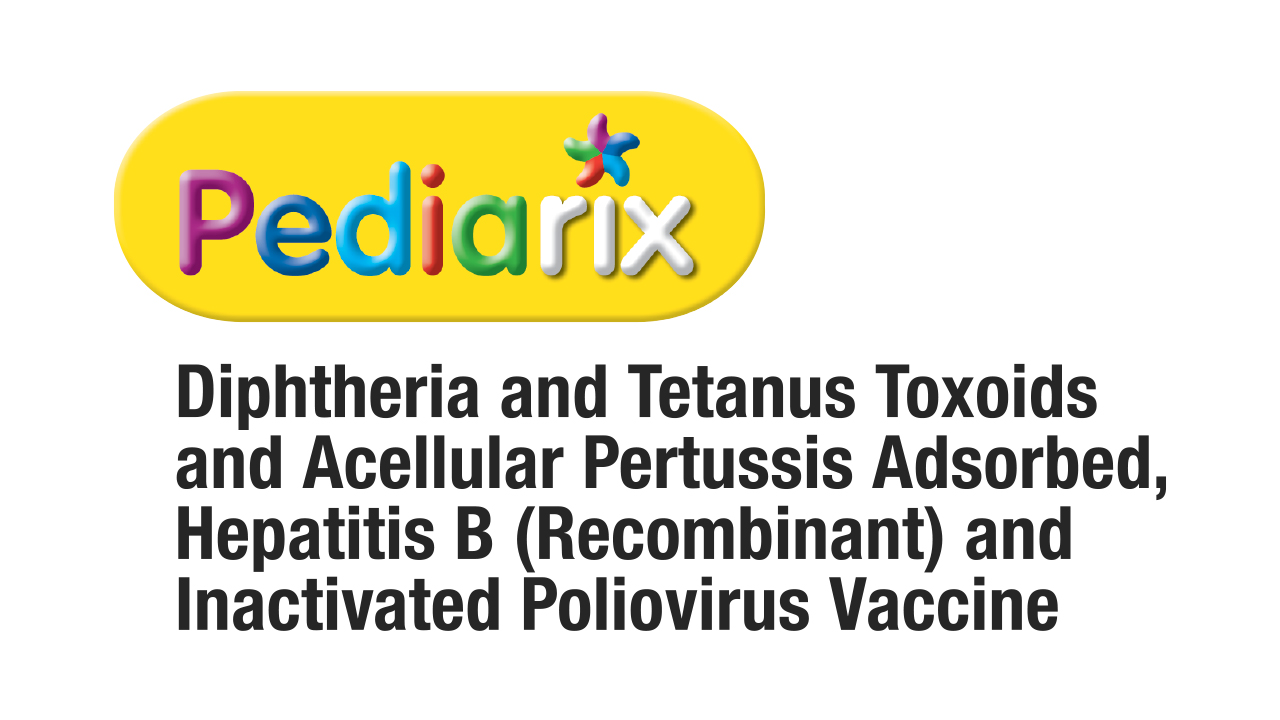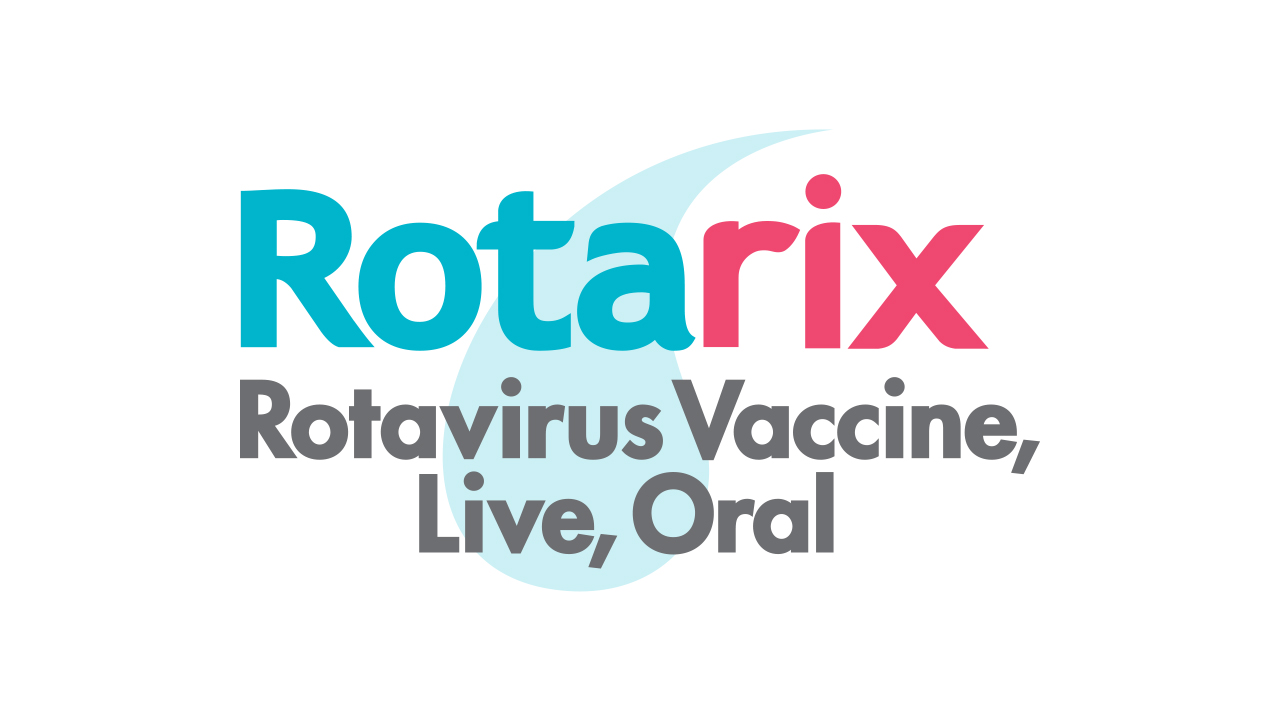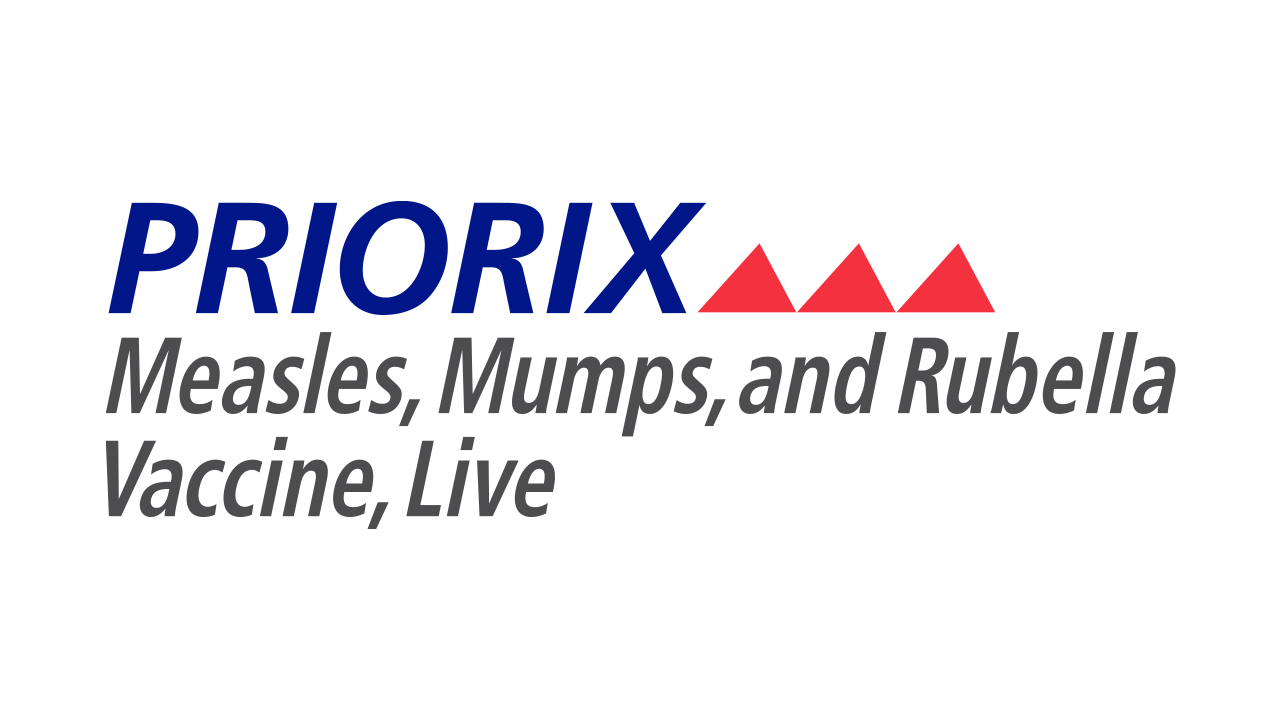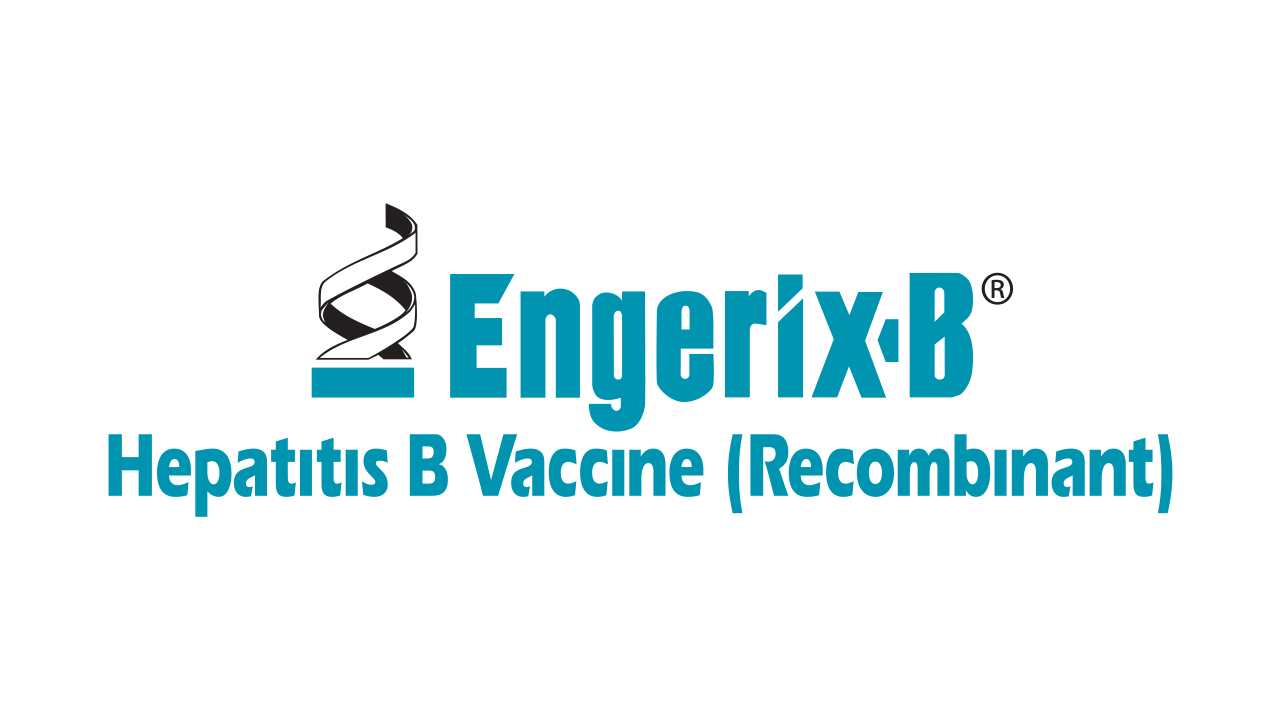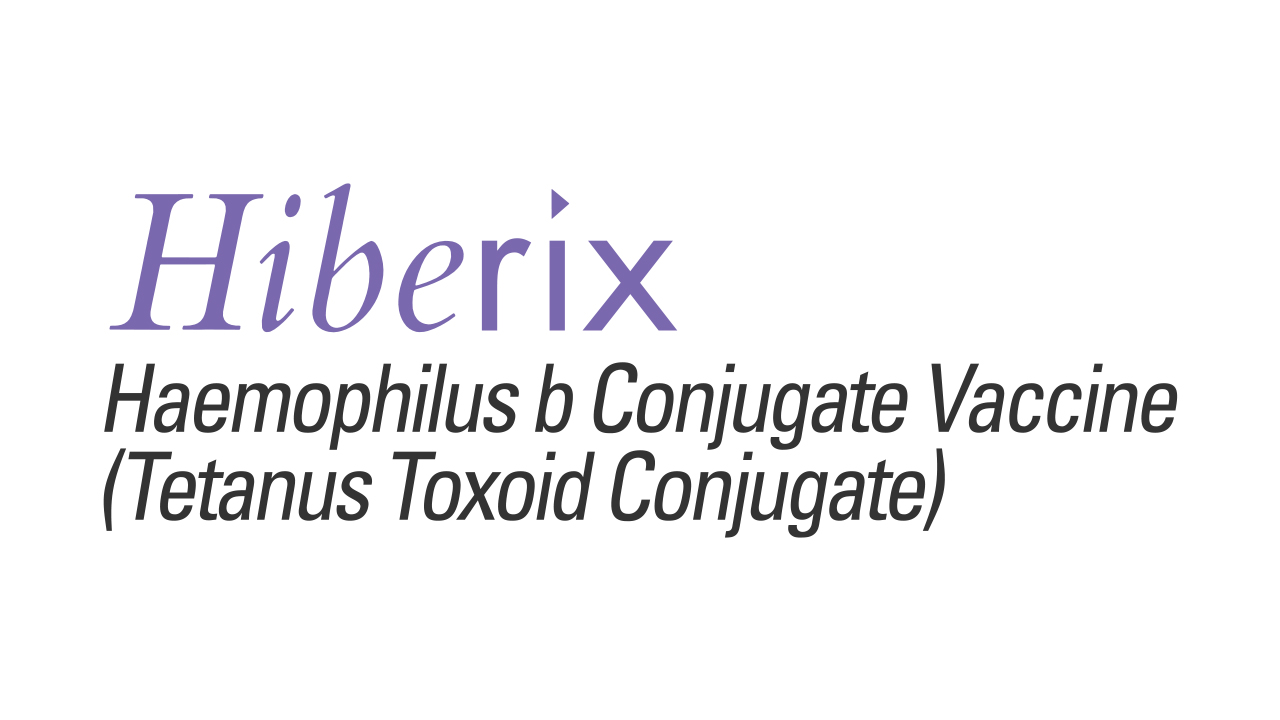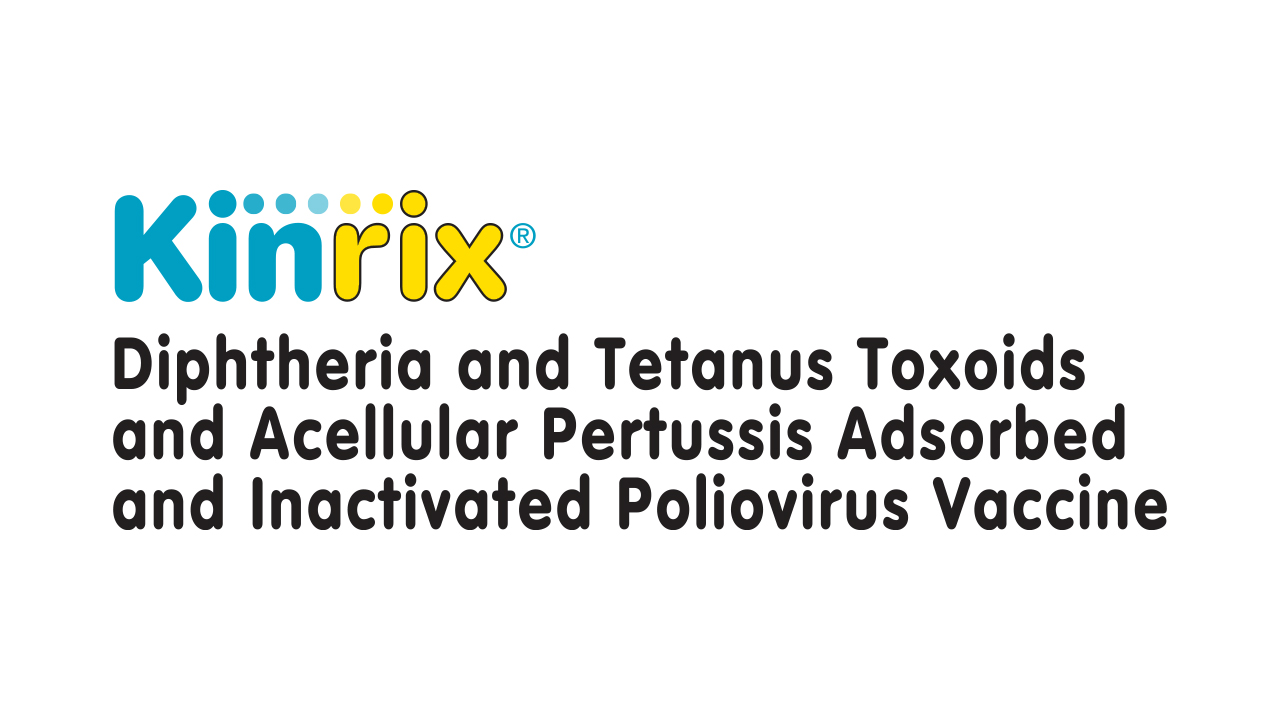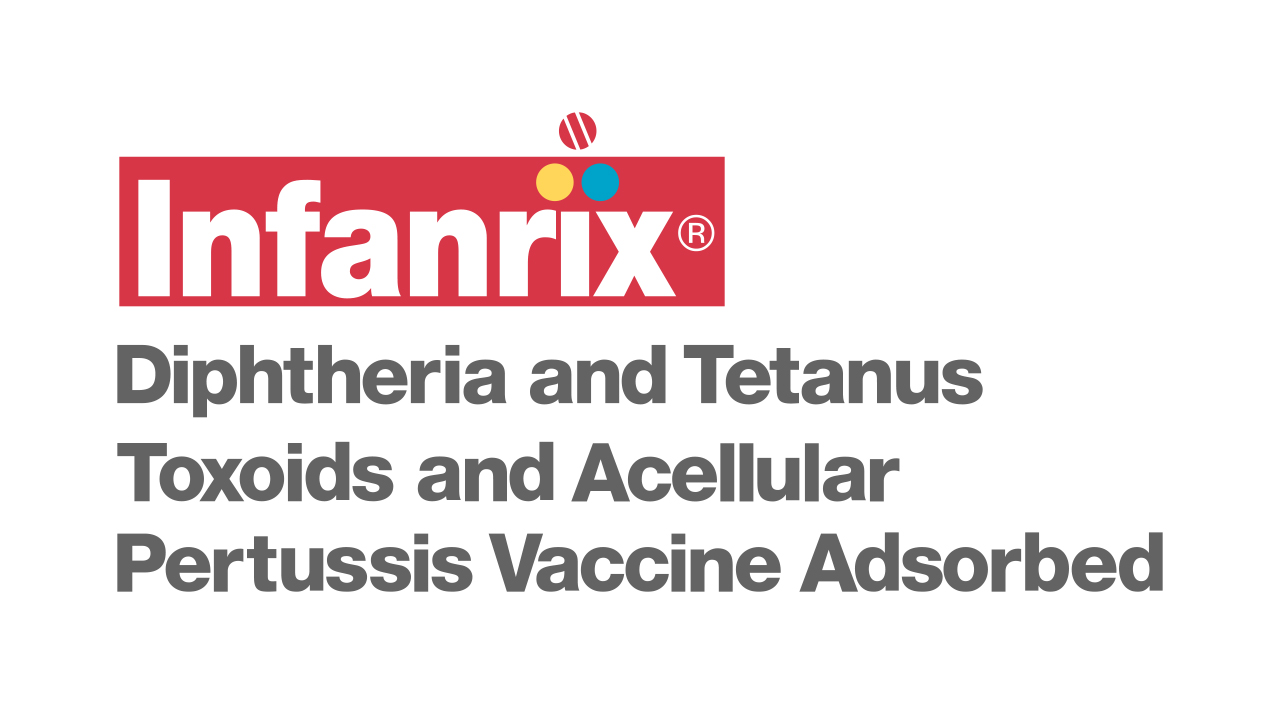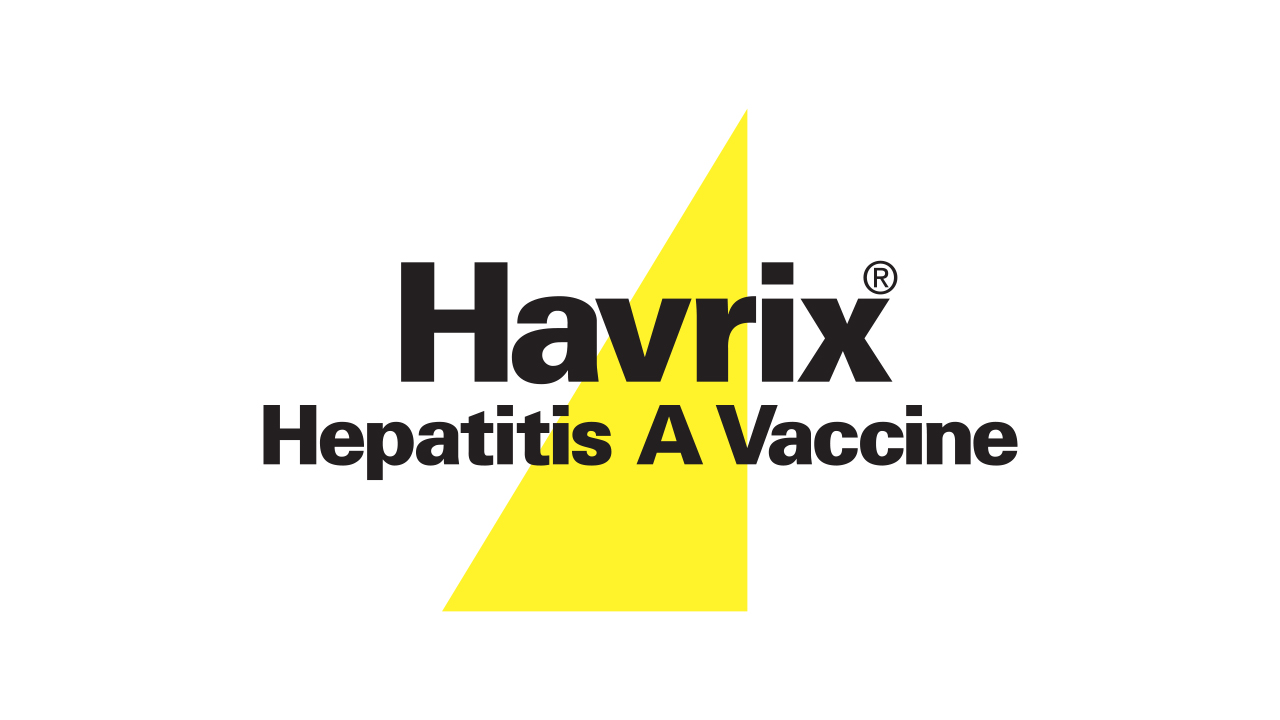Indications & Safety Info for PEDIARIX, INFANRIX, and KINRIX
Indications for PEDIARIX, INFANRIX, and KINRIX
Important Safety Information for PEDIARIX, INFANRIX, and KINRIX
Indications for PEDIARIX, INFANRIX, and KINRIX
PEDIARIX is indicated for active immunization against diphtheria, tetanus, pertussis, infection caused by all known subtypes of hepatitis B virus, and poliomyelitis. PEDIARIX is approved for use as a 3-dose series in infants born of hepatitis B surface antigen (HBsAg)-negative mothers. PEDIARIX may be given as early as 6 weeks of age through 6 years of age (prior to the seventh birthday).
INFANRIX is indicated for active immunization against diphtheria, tetanus, and pertussis as a 5-dose series in infants and children aged 6 weeks through 6 years of age (prior to the seventh birthday).
A single dose of KINRIX is indicated for active immunization against diphtheria, tetanus, pertussis, and poliomyelitis as the fifth dose in the diphtheria, tetanus, and acellular pertussis (DTaP) vaccine series and the fourth dose in the inactivated poliovirus vaccine (IPV) series in children aged 4 through 6 years (prior to the seventh birthday) whose previous DTaP vaccine doses have been with INFANRIX (Diphtheria and Tetanus Toxoids and Acellular Pertussis Vaccine Adsorbed) and/or PEDIARIX [Diphtheria and Tetanus Toxoids and Acellular Pertussis Adsorbed, Hepatitis B (Recombinant) and Inactivated Poliovirus Vaccine] for the first 3 doses and INFANRIX for the fourth dose.
Indication for ENGERIX-B
ENGERIX-B is a vaccine indicated for immunization against infection caused by all known subtypes of hepatitis B virus.
Indication for HAVRIX
HAVRIX is a vaccine indicated for active immunization against disease caused by hepatitis A virus (HAV). HAVRIX is approved for use in persons 12 months of age and older. Primary immunization should be administered at least 2 weeks prior to expected exposure to HAV.
Indication for HIBERIX
HIBERIX is indicated for active immunization for the prevention of invasive disease caused by Haemophilus influenzae type b. HIBERIX is approved for use in children aged 6 weeks through 4 years (prior to fifth birthday).
Indication for PRIORIX
PRIORIX is a vaccine indicated for active immunization for the prevention of measles, mumps, and rubella in individuals 12 months of age and older.
Indications for ROTARIX
ROTARIX is a vaccine indicated for the prevention of rotavirus gastroenteritis caused by G1 and non-G1 types (G3, G4, and G9) when administered as a 2-dose series. ROTARIX is approved for use in infants 6 weeks and up to 24 weeks of age.
Important Safety Information for PEDIARIX, INFANRIX, and KINRIX
- Severe allergic reaction (eg, anaphylaxis) after a previous dose of any diphtheria toxoid-, tetanus toxoid-, pertussis-, hepatitis B-, or poliovirus-containing vaccine or to any component of PEDIARIX is a contraindication for PEDIARIX
- Severe allergic reaction (eg, anaphylaxis) after a previous dose of any diphtheria toxoid-, tetanus toxoid-, or pertussis-containing vaccine or to any component of INFANRIX is a contraindication for INFANRIX
- Severe allergic reaction (eg, anaphylaxis) after a previous dose of any diphtheria toxoid-, tetanus toxoid-, pertussis-, or poliovirus-containing vaccine or to any component of KINRIX, including neomycin and polymyxin B, is a contraindication for KINRIX
- Additional contraindications for PEDIARIX, INFANRIX, and KINRIX are: encephalopathy within 7 days of administration of a previous pertussis-containing vaccine; progressive neurologic disorders
- In clinical trials, PEDIARIX was associated with higher rates of fever relative to separately administered vaccines
- The decision to give PEDIARIX, INFANRIX, or KINRIX should be based on potential benefits and risks if Guillain-Barré syndrome has occurred within 6 weeks of receipt of a prior vaccine containing tetanus toxoid, or if adverse events (ie, temperature ≥105°F, collapse or shock-like state, persistent, inconsolable crying lasting ≥3 hours, occurring within 48 hours after vaccination; seizures within 3 days after vaccination) have occurred after receipt of a pertussis-containing vaccine
- The tip cap of the prefilled syringe for PEDIARIX, INFANRIX, and KINRIX may or may not be made with natural rubber latex. Natural rubber latex may cause allergic reactions. Please check the carton
- Syncope (fainting) can occur in association with administration of injectable vaccines. Procedures should be in place to avoid falling injury and to restore cerebral perfusion following syncope
- For children at higher risk for seizures, an antipyretic may be administered at the time of vaccination with PEDIARIX, INFANRIX, or KINRIX
- Apnea following intramuscular vaccination has been observed in some infants born prematurely. Vaccination with PEDIARIX or INFANRIX should be based on consideration of the individual infant’s medical status and the potential benefits and possible risks of vaccination
- In clinical trials of PEDIARIX and INFANRIX, common adverse reactions were injection-site reactions (pain, redness, and swelling), fever, drowsiness, irritability/fussiness, and loss of appetite. In clinical trials of KINRIX, common adverse reactions were injection-site reactions (pain, redness, increase in arm circumference, and swelling), drowsiness, fever, and loss of appetite
- Vaccination with PEDIARIX, INFANRIX, or KINRIX may not result in protection in all vaccine recipients
Important Safety Information for ENGERIX-B
- Severe allergic reaction (eg, anaphylaxis) after a previous dose of any hepatitis B-containing vaccine, or to any component of ENGERIX-B, including yeast, is a contraindication to administration of ENGERIX-B
- The tip cap of the prefilled syringe may or may not be made with natural rubber latex. Natural rubber latex may cause allergic reactions. Please check the carton
- Syncope (fainting) can occur in association with administration of injectable vaccines. Procedures should be in place to avoid falling injury and to restore cerebral perfusion following syncope
- Temporarily defer ENGERIX-B vaccination of infants with a birth weight less than 2,000 grams born to hepatitis B surface antigen (HBsAg)-negative mothers
- Apnea following intramuscular vaccination has been observed in some infants born prematurely
- Immunocompromised persons, including individuals receiving immunosuppressive therapy, may have a diminished immune response to ENGERIX-B
- In clinical trials with ENGERIX-B, the most frequently reported adverse reactions were injection-site soreness and fatigue
- Vaccination with ENGERIX-B may not result in protection in all vaccine recipients
Important Safety Information for HAVRIX
- Severe allergic reaction (eg, anaphylaxis) after a previous dose of any hepatitis A-containing vaccine, or to any component of HAVRIX, including neomycin, is a contraindication to administration of HAVRIX
- The tip cap of the prefilled syringe may or may not be made with natural rubber latex. Natural rubber latex may cause allergic reactions. Please check the carton
- Syncope (fainting) can occur in association with administration of injectable vaccines. Procedures should be in place to avoid falling injury and to restore cerebral perfusion following syncope
- Immunocompromised persons, including individuals receiving immunosuppressive therapy, may have a diminished immune response to HAVRIX
- In clinical trials with HAVRIX in children 11 to 25 months of age, the most common solicited adverse reactions were injection-site pain and redness, irritability, drowsiness, and loss of appetite
- In clinical trials with HAVRIX in adults and children 2 years of age and older, the most common solicited adverse reactions were injection-site soreness and headache
- Vaccination with HAVRIX may not result in protection in all vaccine recipients
Important Safety Information for HIBERIX
- Contraindications for HIBERIX: severe allergic reaction (eg, anaphylaxis) after a previous dose of any H. influenzae type b- or tetanus toxoid-containing vaccine or any component of the vaccine is a contraindication to administration of HIBERIX
- If Guillain-Barré syndrome has occurred within 6 weeks of receipt of a prior vaccine containing tetanus toxoid, the decision to give any tetanus toxoid-containing vaccine, including HIBERIX, should be based on careful consideration of the potential benefits and possible risks
- Syncope (fainting) can occur in association with administration of injectable vaccines, including HIBERIX. Procedures should be in place to avoid falling injury and to restore cerebral perfusion following syncope
- Apnea following intramuscular vaccination has been observed in some infants born prematurely. Decisions about when to administer an intramuscular vaccine, including HIBERIX, to infants born prematurely should be based on consideration of the individual infant’s medical status and the potential benefits and possible risks of vaccination
- Prior to administration, the healthcare provider should review the patient’s immunization history for possible vaccine hypersensitivity. Epinephrine and other appropriate agents used for the control of immediate allergic reactions must be immediately available should an acute anaphylactic reaction occur
- Safety and effectiveness of HIBERIX in immunosuppressed children have not been evaluated. If HIBERIX is administered to immunosuppressed children, including children receiving immunosuppressive therapy, the expected immune response may not be obtained
- Urine antigen detection may not have a diagnostic value in suspected disease due to H. influenzae type b within 1 to 2 weeks after receipt of an H. influenzae type b-containing vaccine, including HIBERIX
- Immunization with HIBERIX does not substitute for routine tetanus immunization
- Common solicited adverse reactions (≥20%) were pain and redness at the injection site, irritability, drowsiness, fever, loss of appetite, sleepiness, fussiness, and restlessness
- Vaccination with HIBERIX may not result in protection in all vaccine recipients
Important Safety Information for PRIORIX
- Contraindications for PRIORIX are: a history of severe allergic reactions (e.g., anaphylaxis) to any component of the vaccine or after a previous dose of any measles, mumps, and rubella virus-containing vaccine; severe humoral or cellular (primary or acquired) immunodeficiency; and pregnancy. Pregnancy should be avoided for 1 month after vaccination
- Appropriate medical treatment used to manage immediate allergic reactions must be available in the event an acute anaphylactic reaction occurs following administration of PRIORIX
- There is a risk of febrile seizures following immunization with PRIORIX
- Thrombocytopenia and thrombocytopenic purpura have been reported following vaccination with PRIORIX
- Syncope (fainting) can occur in association with administration of injectable vaccines, including PRIORIX. Procedures should be in place to avoid injury from fainting
- The tip caps of the prefilled syringes of diluent contain natural rubber latex, which may cause allergic reactions
- Vaccination with PRIORIX may not result in protection in all vaccine recipients
- In clinical trials, the most commonly reported (≥10%) solicited adverse reactions were:
- Age 12 through 15 months–local: pain (26%) and redness (25%); systemic: irritability (63%), loss of appetite (45%), drowsiness (45%), and fever (35%)
- Age 4 through 6 years–local: pain (41%), redness (22%) and swelling (11%); systemic: loss of appetite (21%), drowsiness (27%), and fever (24%)
- Age 7 years and older–local: pain (12%) and redness (12%)
- Administration of immune globulins and other blood products concurrently with PRIORIX may interfere with the expected immune response to the vaccine
- If a tuberculin test is to be done, it should be administered either any time before, simultaneously with, or at least 4 weeks after PRIORIX to avoid false-negative results
Important Safety Information for ROTARIX
- Contraindications for ROTARIX include a history of any of the following: hypersensitivity to the vaccine or any component of the vaccine; uncorrected congenital malformation of the gastrointestinal tract (such as Meckel’s diverticulum) that would predispose the infant to intussusception; intussusception (in postmarketing experience, intussusception resulting in death following a second dose has been reported following a history of intussusception after the first dose); or Severe Combined Immunodeficiency Disease (SCID)
- The tip caps of the prefilled oral dosing applicators contain natural rubber latex, which may cause allergic reactions
- Administration in infants suffering from acute diarrhea or vomiting should be delayed. Safety and effectiveness in infants with chronic gastrointestinal disorders have not been evaluated
- Safety and effectiveness in infants with known primary or secondary immunodeficiencies, including infants with human immunodeficiency virus (HIV), infants on immunosuppressive therapy, or infants with malignant neoplasms affecting the bone marrow or lymphatic system have not been established
- Rotavirus shedding in stool occurs after vaccination with peak excretion occurring around Day 7 after Dose 1. One clinical trial demonstrated that vaccinees transmit vaccine virus to healthy seronegative contacts. Caution is advised when considering whether to administer ROTARIX to individuals with immunodeficient close contacts
- A study conducted after approval of ROTARIX showed an increased risk of intussusception in the 31 days after the first dose of ROTARIX, especially in the first 7 days. In other reports, an increased risk of intussusception has been observed within 7 days after dose 2
- Safety and effectiveness of ROTARIX when administered after exposure to rotavirus have not been evaluated
- In clinical studies, common (≥5%) solicited adverse reactions among recipients of ROTARIX included fussiness/irritability, cough/runny nose, fever, loss of appetite, and vomiting
- Safety and effectiveness of ROTARIX in infants younger than 6 weeks or older than 24 weeks of age have not been evaluated
- The effectiveness of ROTARIX in pre-term infants has not been established
- Vaccination with ROTARIX may not result in protection in all vaccine recipients
Please see Prescribing Information for ENGERIX-B [Hepatitis B Vaccine (Recombinant)]
Please see Prescribing Information for HAVRIX (Hepatitis A Vaccine)
Please see Prescribing Information for PRIORIX (Measles, Mumps, and Rubella Vaccine, Live)
Please see Prescribing Information for ROTARIX (Rotavirus Vaccine, Live, Oral)
